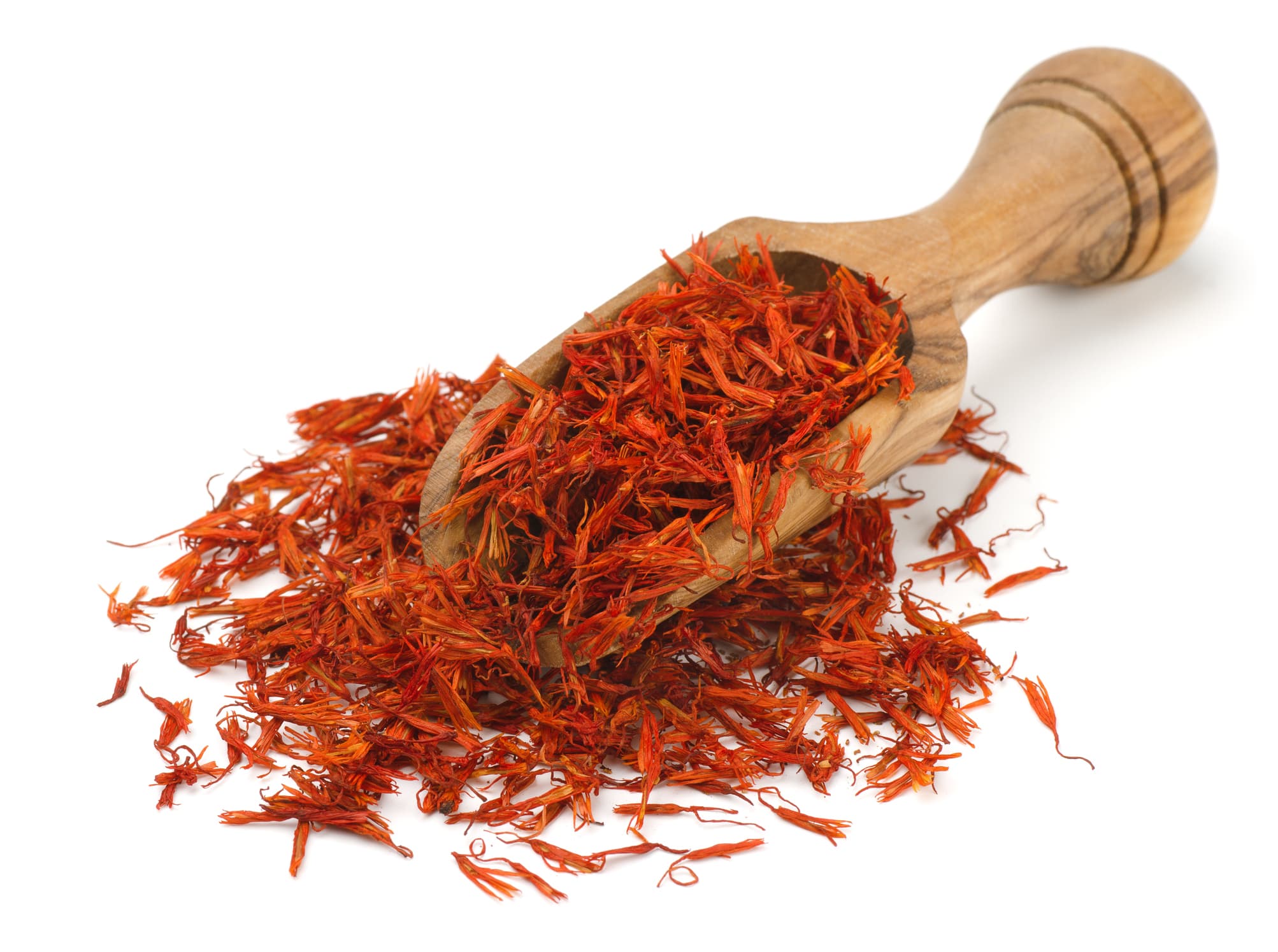Yes, eating your broccoli is good for you.
It’s rich in fiber and antioxidants, yet it contains an active compound known as sulforaphane (SFN) that is responsible for a number of surprising anti-aging benefits I will outline for you below.
Cruciferous vegetables like broccoli and broccoli sprouts contain glucoraphanin, which is converted to SFN by a plant enzyme when the plant is under stress or physically harmed (like chewing, tearing, or blending will increase the SFN content in broccoli and broccoli sprouts).
Some of these chemicals are stress compounds that protect the plant. When we consume the compounds, our body borrows benefits for our own health.
Once produced, SFN has high bioavailability and is easily absorbed by the body (1; 2.
It is known generally to enhance antioxidant defenses in the body while promoting anti-inflammatory and cell clean-up mechanisms (3). Oxidative stress is a key metabolic pathway behind inflammation, aging, brain health, and all chronic diseases.
When consumed by humans, SFN may protect against a number of cancer subtypes, cardiovascular disease, bone loss, and autism (4).
Sulforaphane Activates NrF2 Anti-Aging Systems
NrF2 is a communicating protein in the body that helps regulate hundreds of antioxidant and anti-aging genes (5; 6; 7). SFN helps boost NrF2 signaling, enhancing its effects in the body, along with modulating over 200 genes related to aging.
The definitive goal of “health” is to maintain homeostasis. NrF2 signaling is essential to maintain “cellular homeostasis”.
Sulforaphane and Brain Health
Sulforaphane has also been shown to increase levels of brain-derived neurotrophic factor (BDNF) – which is necessary for nervous system healing, but also new brain and nerve connections.
By decreasing oxidative stress as discussed above, one would also be decreasing the damage to brain and nerve cells in the first place.
Through the enhancement of NrF2 mechanisms in the body, sulforaphane may provide protective support for Alzheimer’s, Parkinson’s disease, epilepsy, autism spectrum disorder, psychiatric disorders, multiple sclerosis, and other neurological conditions (8; 9; 10).
On the cellular level, it may protect mitochondrial function – the energy production centers of every cell in your body that happen to be concentrated highly in the brain because of its immediate energy needs. Mitochondria are prone to damage from metabolic stress, and the protection of mitochondrial function is a core tenet of anti-aging strategies (and brain health!).
Sulforaphane and Microglial Activation in the Brain
The brain is protected by a separate immune system – patrolled by microglial cells. These cells are capable of some of the strongest immune activity in the body. Think of these patrols as the heavy artillery reserved for highly important needs of brain protection – when they’re turned on, they mean business.
Acute or chronic stressors can over-activate the microglial cells and they can stay turned “on” and damage healthy tissue with even minor stresses.
Continuing to introduce the same stressors over and over again can continue this overactivation for weeks and months at a time. Head trauma is one trigger of microglial activation. Gluten intake and exposure is another common example. It can be like bringing a bazooka to a knife fight – and healthy cells can be damaged in the process.
In the brain, this might mean “white spot” lesions showing up on an MRI. When these white spots are throughout the spinal cord and brain, we call it multiple sclerosis (sclerosis refers to the white spots) and it might signal an overactivated immune system, especially in the brain.
This is where sulforaphane comes in…
Sulforaphane may help mop up some of this inflammation from overactivated microglial activity due to its protective effects on cells and boosting of antioxidant systems. Through a number of potential mechanisms, sulforaphane may help improve the healthy effects of heightened immune activity in the body, gut, and brain while minimizing its potential collateral damage to healthy tissue (11; 12; 13).
Sulforaphane and Prostate Health
No one likes to talk about sexual health publicly. Men also like to feel in control and don’t like to think that they need extra support to be a man. Yet, sulforaphane has been implicated to potentially mitigate prostate cancer risk – and those research discussions are surely worth mentioning (14; 15; 16; 17; 18; 19).
So both men and women should take notice to reinforce the benefits of a healthy diet high in leafy and cruciferous vegetables to reduce risk on a host of issues, not just male-related.
Sulforaphane and Healthy Cell Activity
A growing body of evidence points to a cancer-protective role of sulforaphane – due to its cell regulating, anti-inflammatory, and antioxidant properties. It also may help in the detoxification of potentially cancer-causing compounds from the environment by regulating detox pathways in the liver.
It also may help signal apoptosis – or the death of cells that are no longer needed by the body. When cells stick around longer than they should – it is a risk for the development of cancerous processes.
It’s like calling the police to your house to nab a bad guy, they haul the bad guy away, but then the police stick around waiting for the bad guy or similar bad guy to come back even though the danger has passed. You thank them for the job and get irritated that they keep going around opening doors and rooting through your things looking for danger that’s not there.
Apoptosis is the body’s process of saying the police can go home, the danger is over, and they’re not needed here anymore. Microglial or general immune activation is like having a trigger-happy policeman ready to attack anyone who comes to your door at gunpoint, even if it’s just a delivery driver dropping off a package.
For the body, this cellular clean-up can be important in turning off or deactivating immune cells and antibodies we no longer need.
SFN may help dial down genes that may otherwise initiate or progress cancer. It may be an important add-on therapy to other treatments (20; 21; 22; 23; 24; 25). It’s been referred to as one of the “Big Five Phytochemicals Targeting Cancer Stem Cells” (26).
Adding Sulforaphane to your Nutritional Arsenal
Sulforaphane is interesting because it works on the messenger and genetic signaling levels of the body.
When you work on global systems of protection and clean-up for the body like sulforaphane – there are few limits on the positive implications for most cells and chronic disease processes.
Sulforaphane is one of the more exciting extracts in the nutrition space capable of powerful benefits.
So, yes, eat your broccoli and broccoli sprouts, and you can supplement with sulforaphane too. It’s a component in Phyto Benefits by DaVinci Labs that combines sulforaphane, with the synergy of three additional “Big Five” phytochemicals: green tea extract, curcumin, and resveratrol, as well as lycopene, quercetin, and pomegranate extract.
Another option that I like is Liposomal Sulforaphane, also from Davinci Labs, which combines higher potencies of sulforaphane on its own.
Related Articles:





